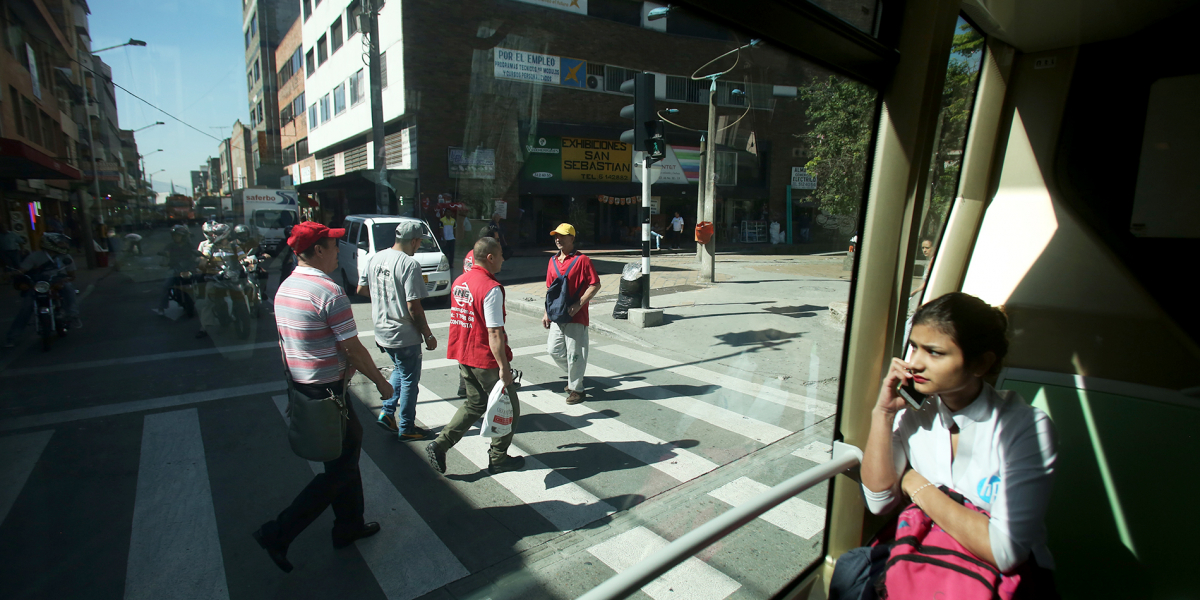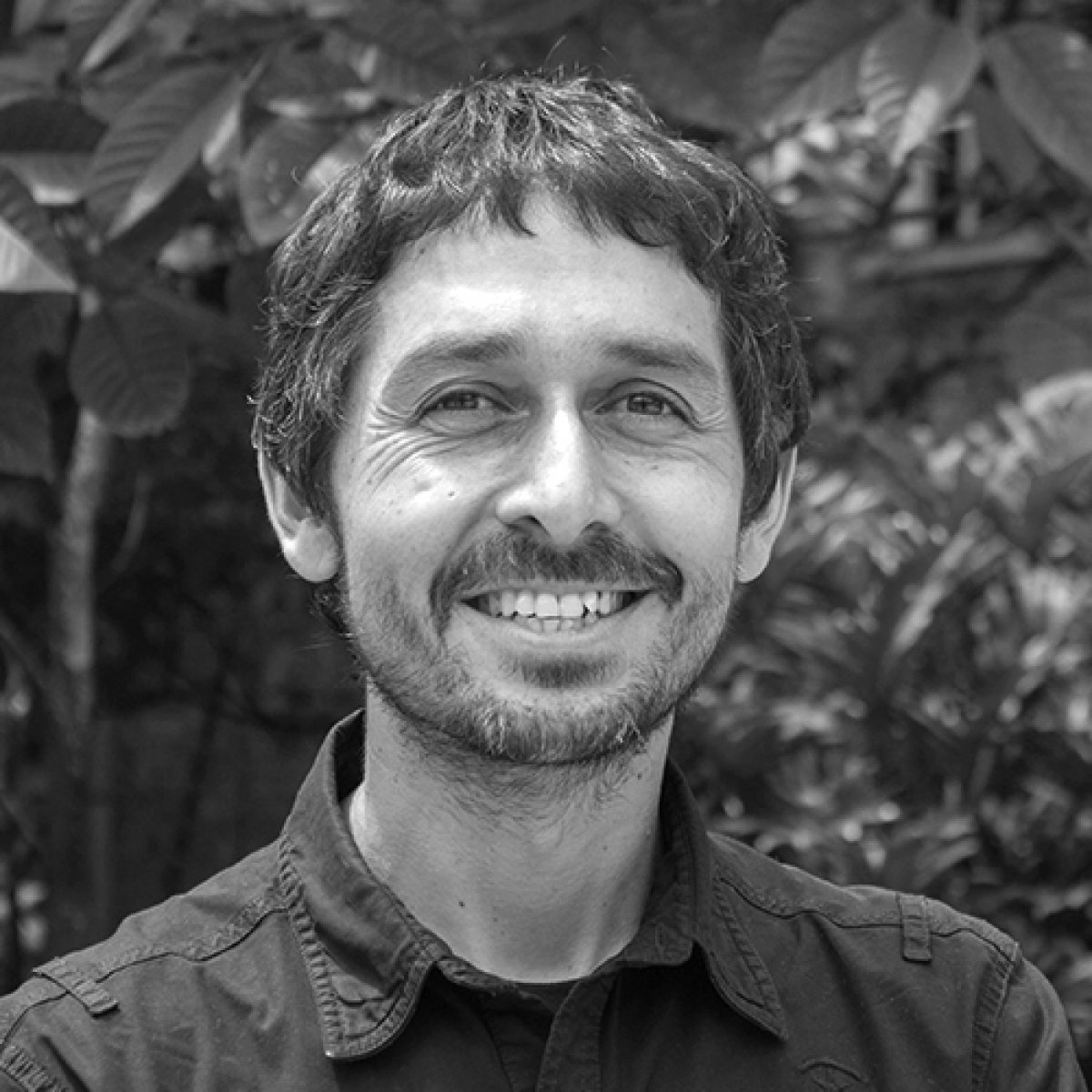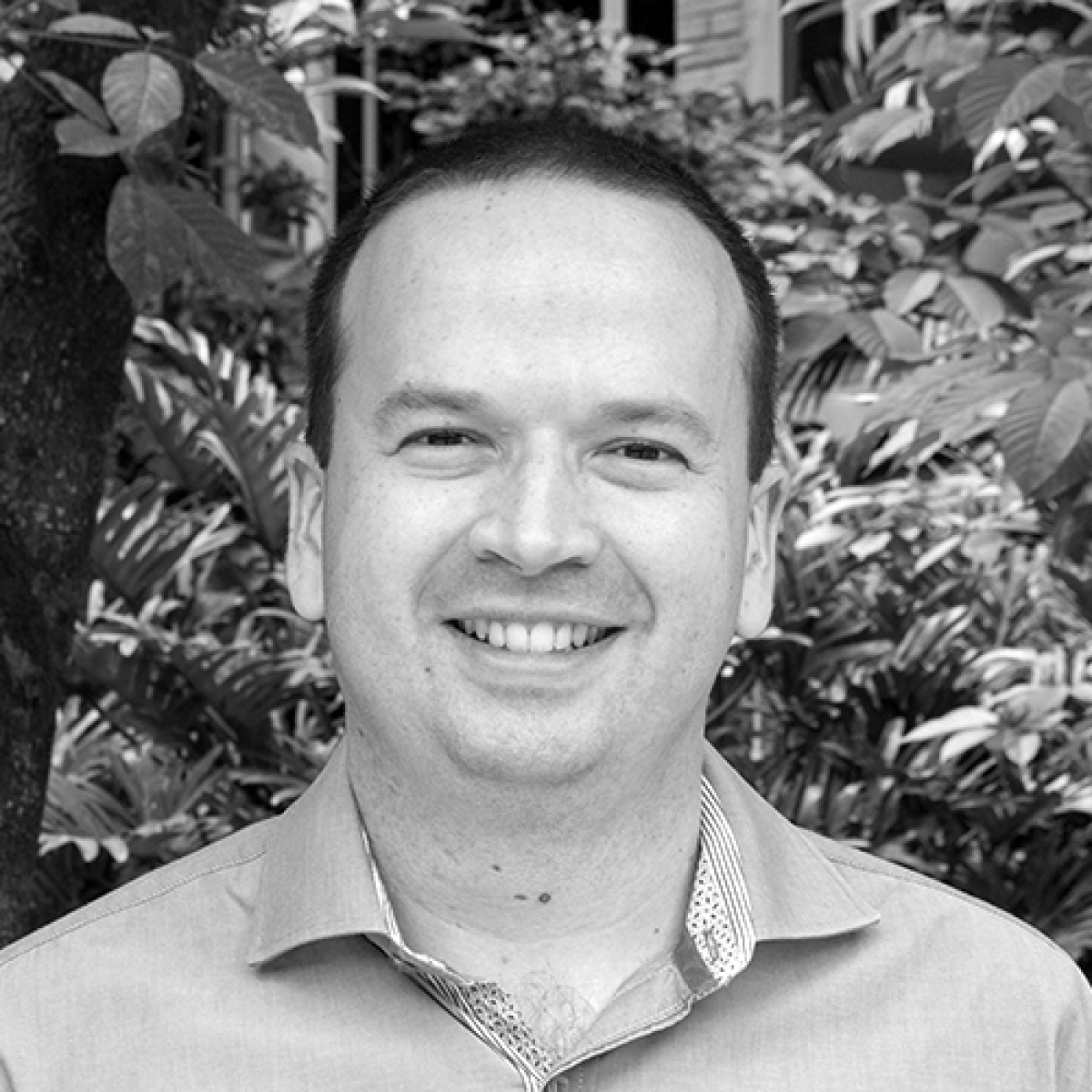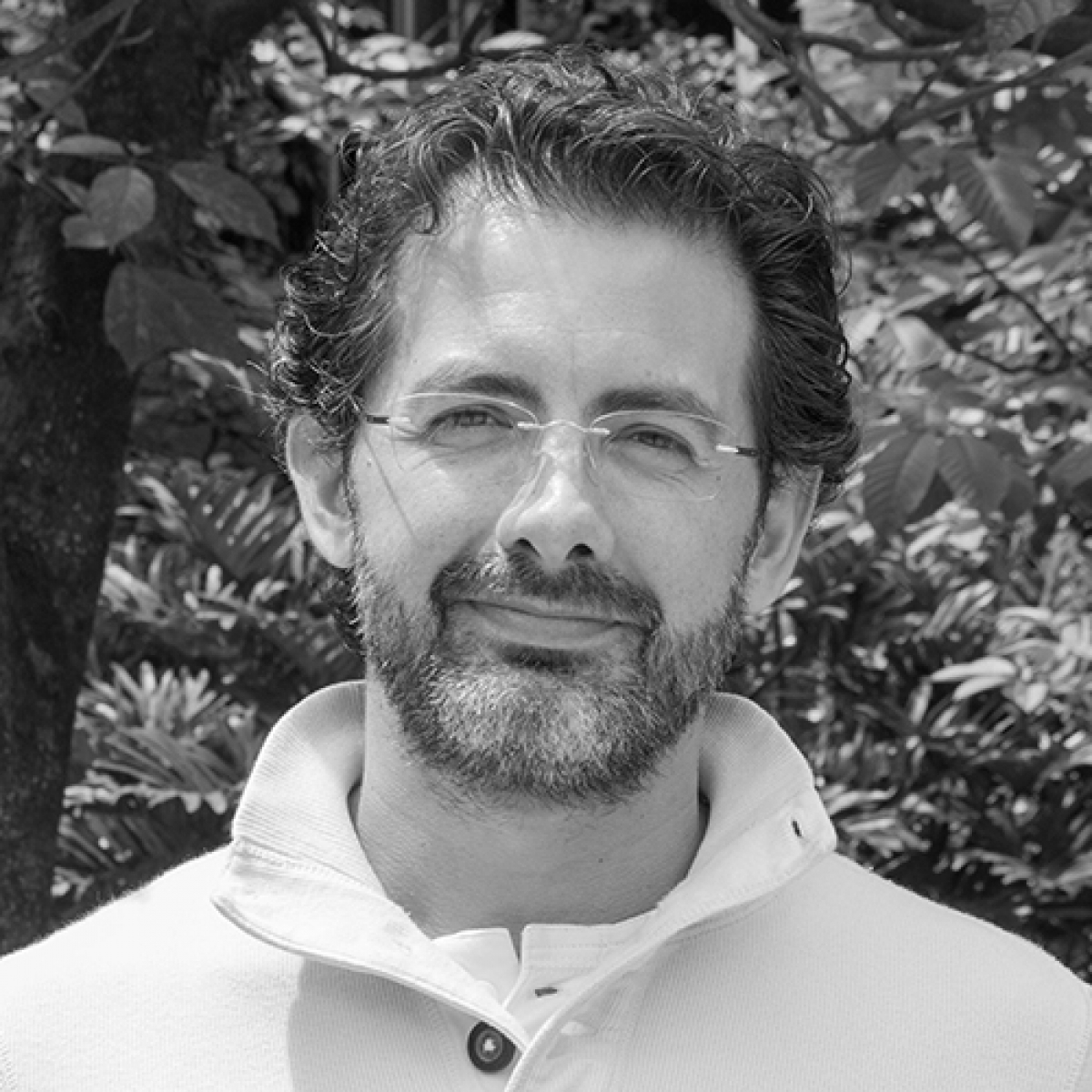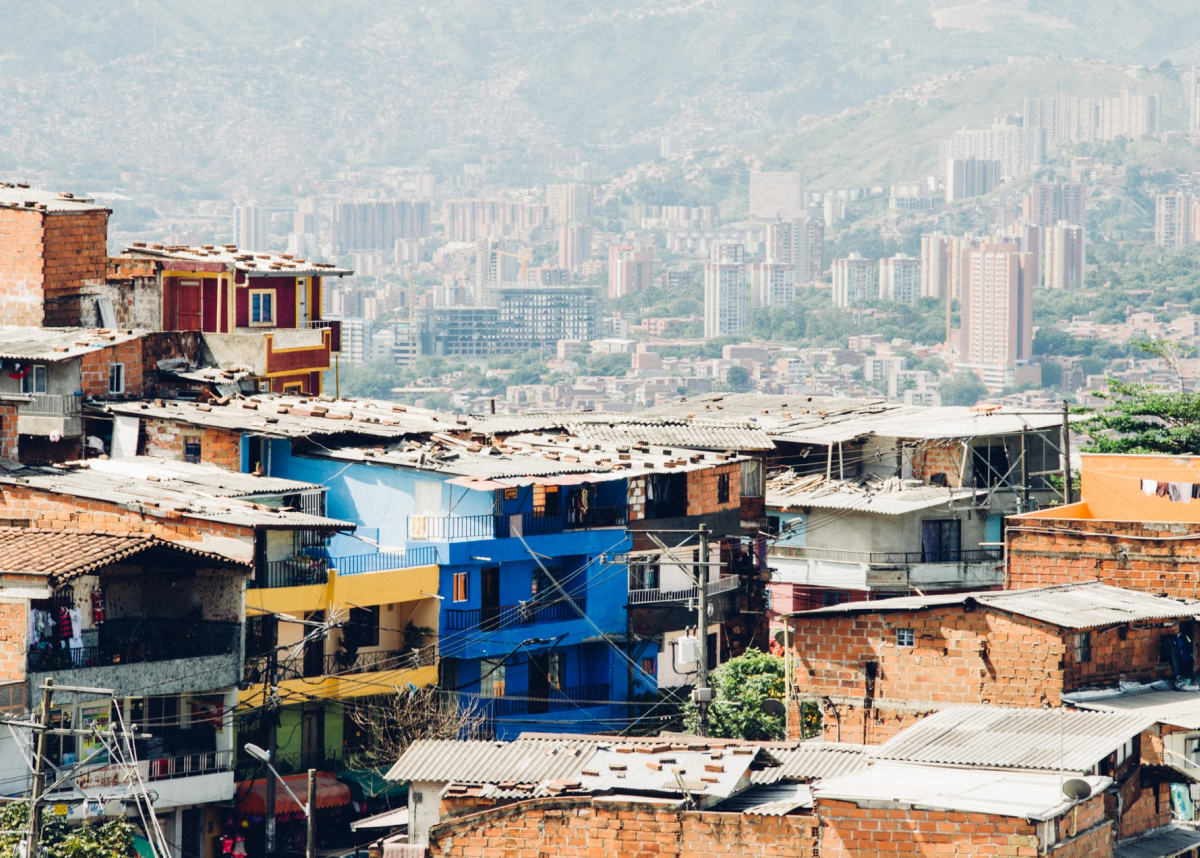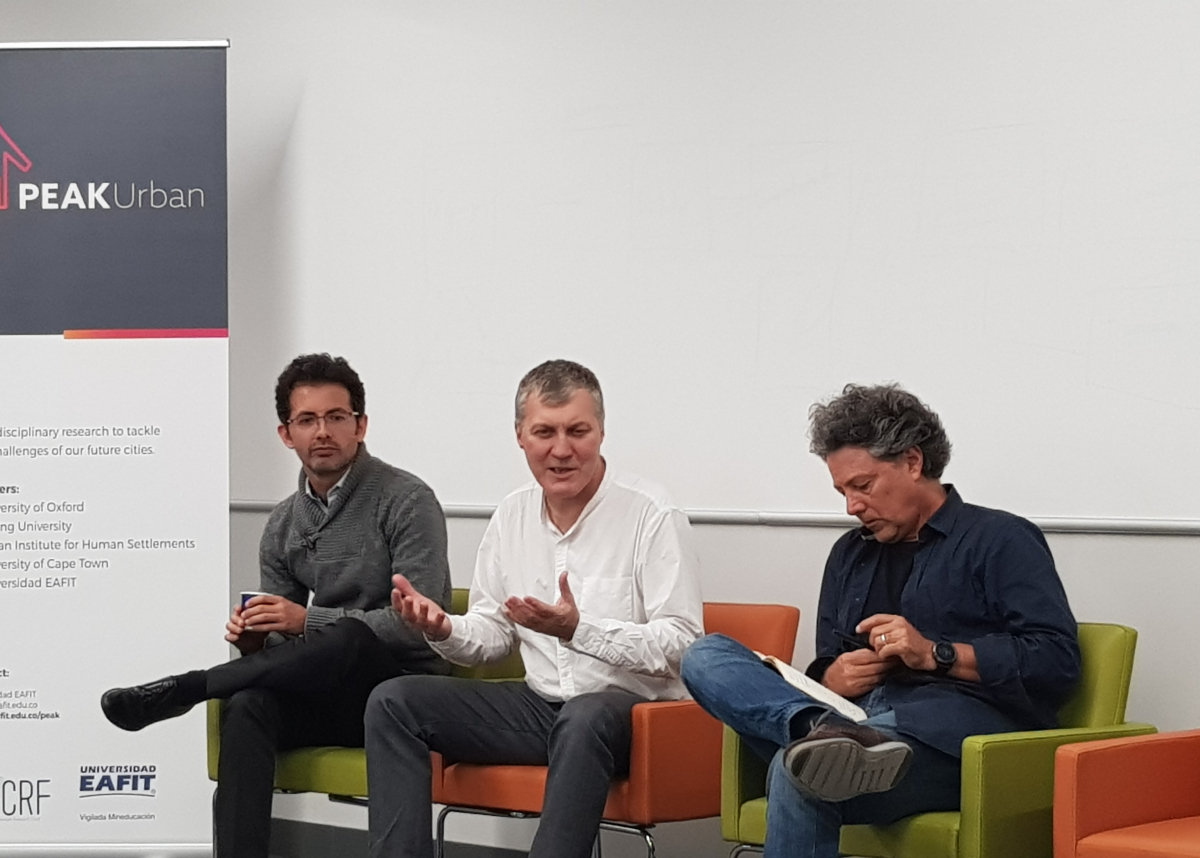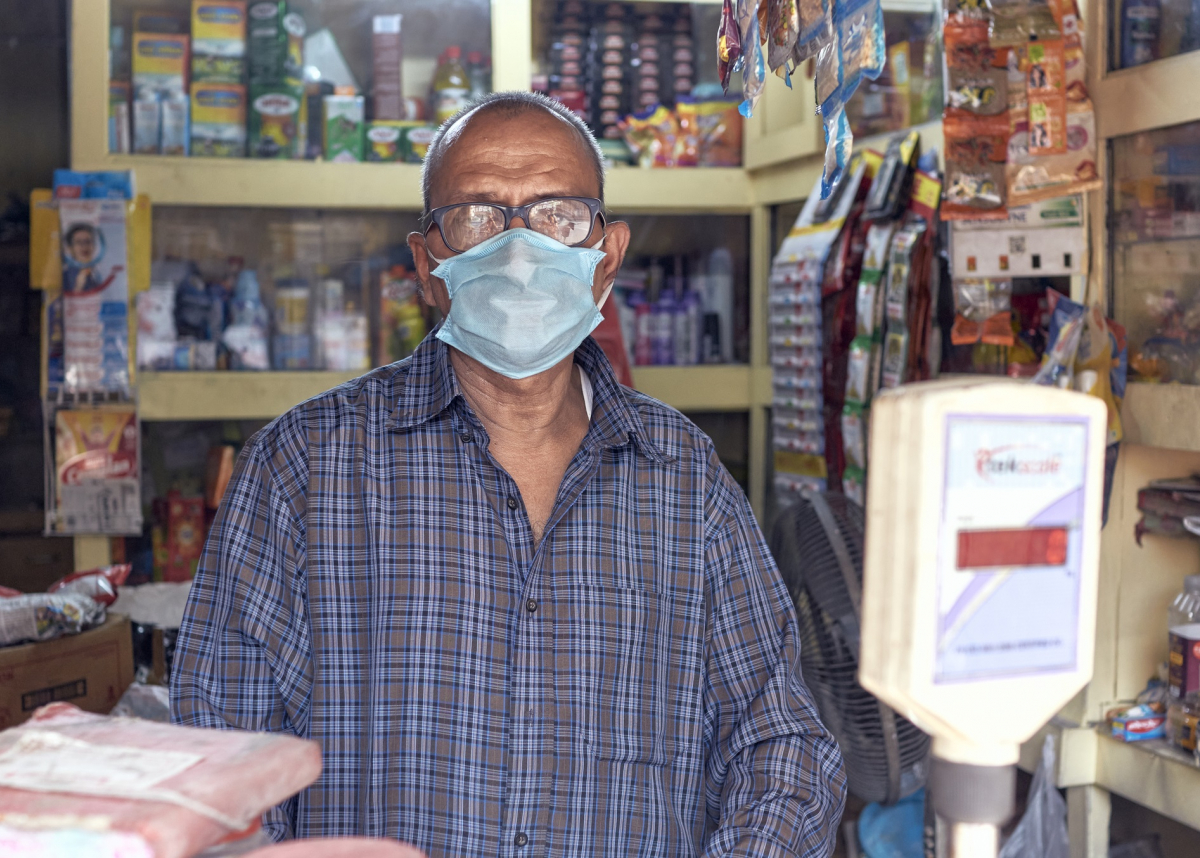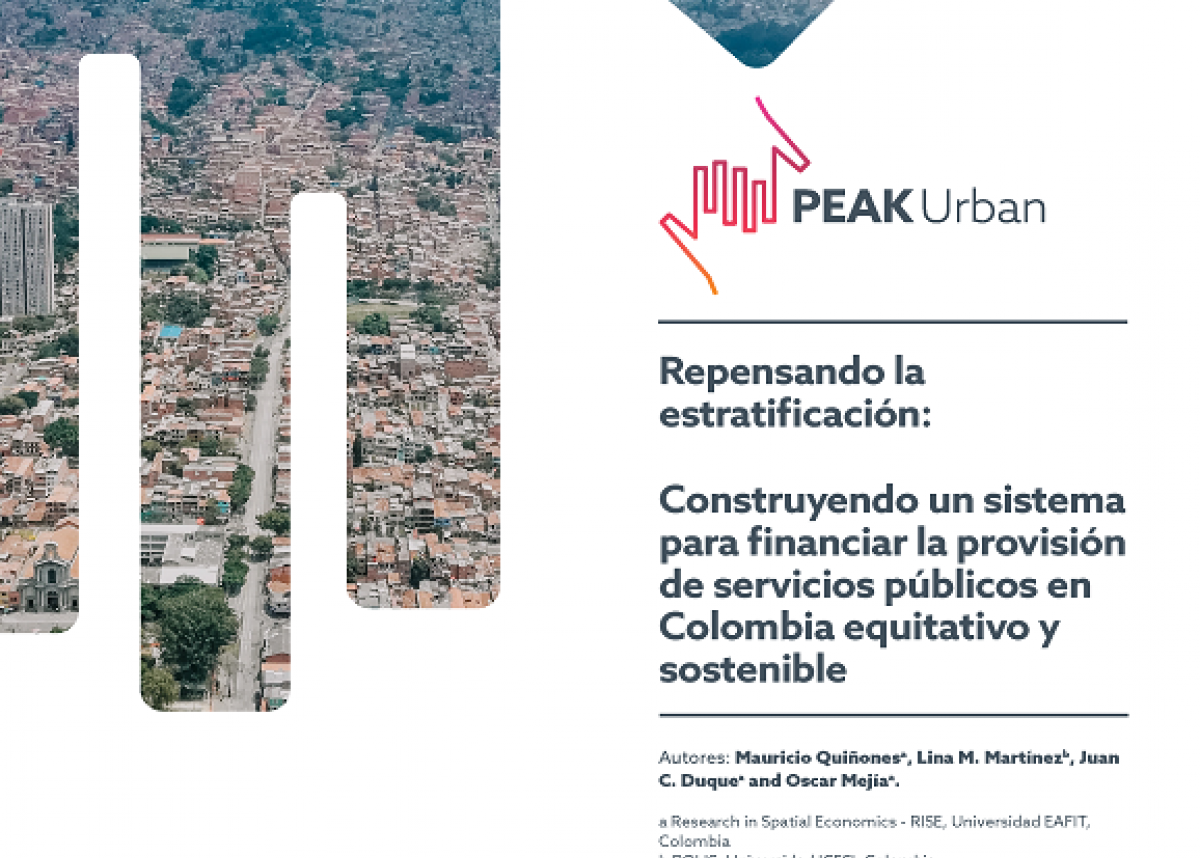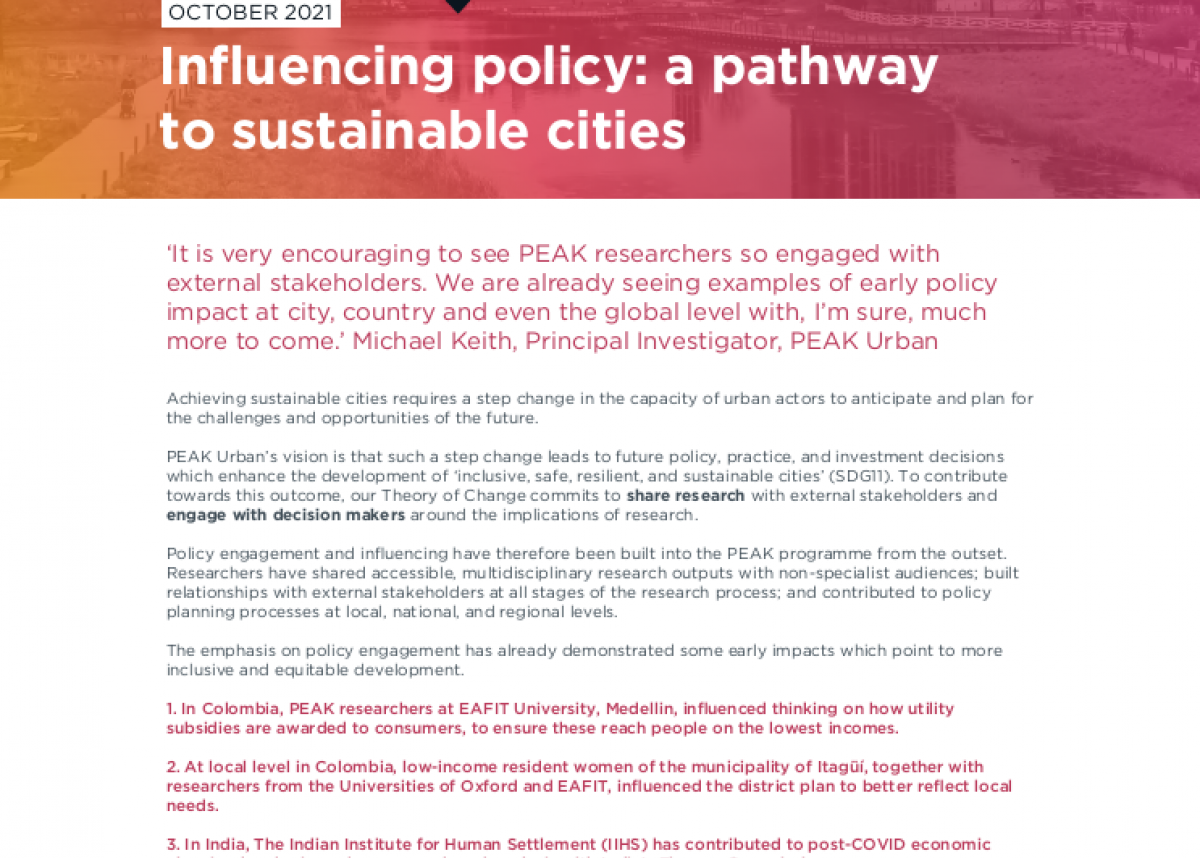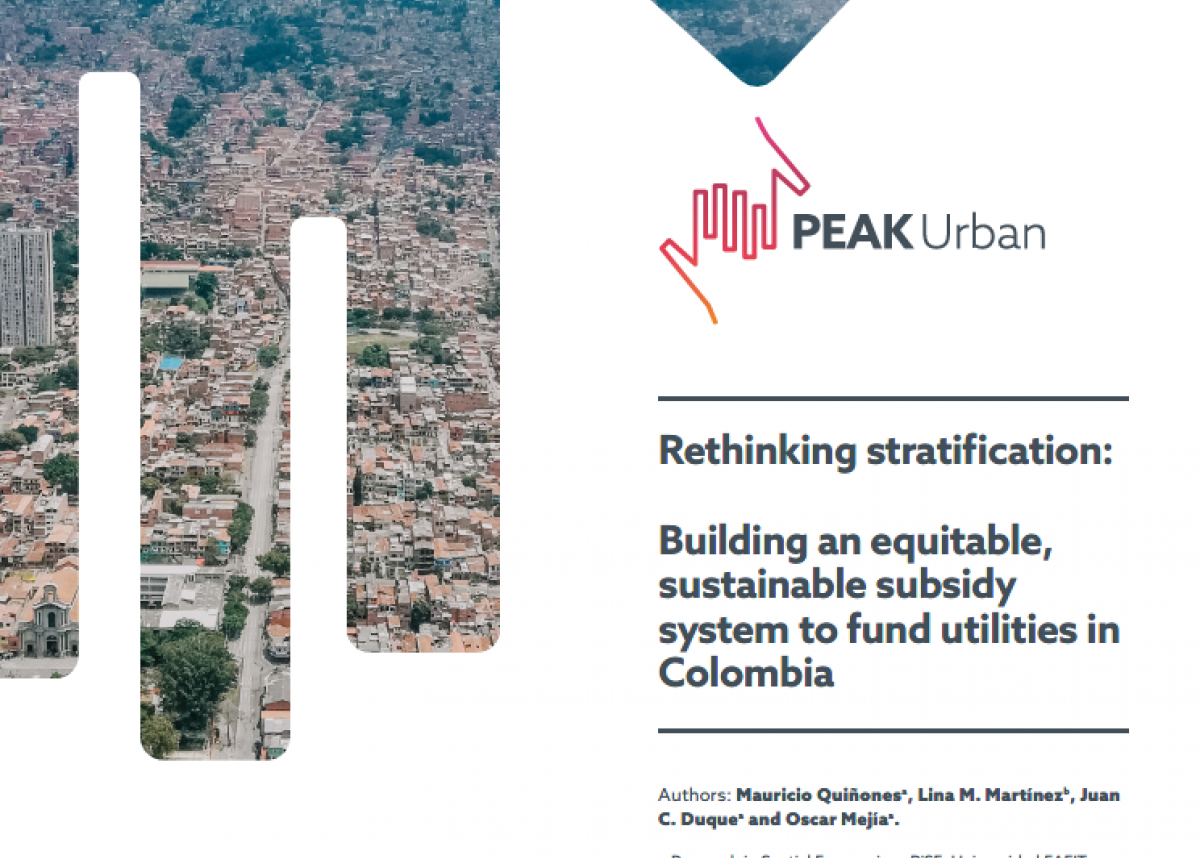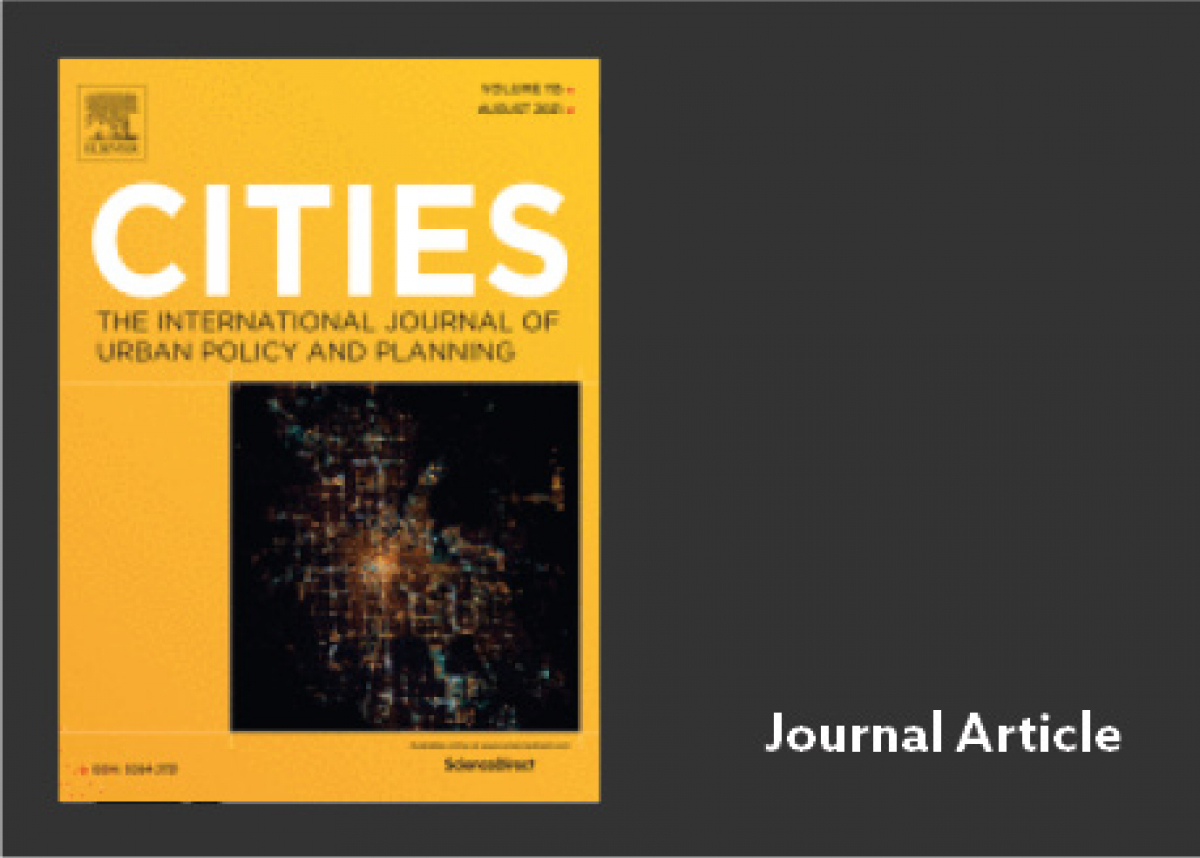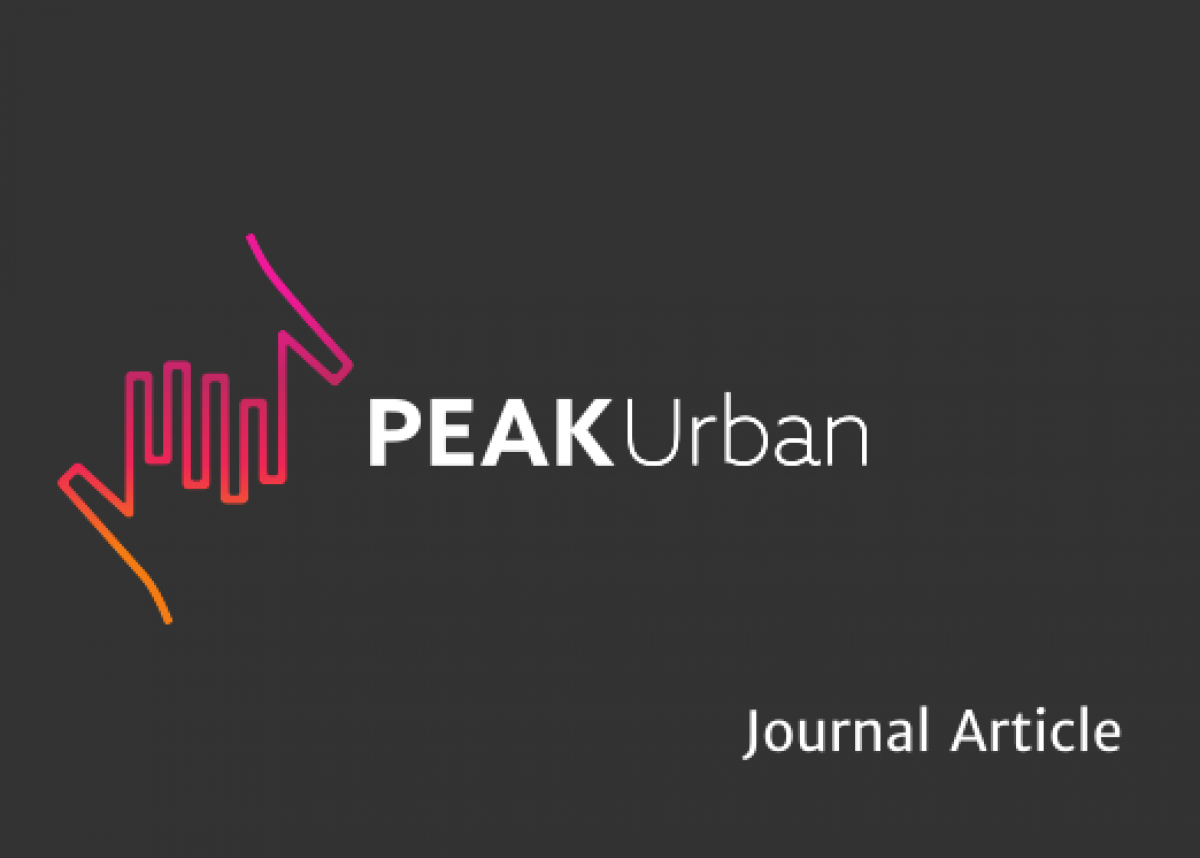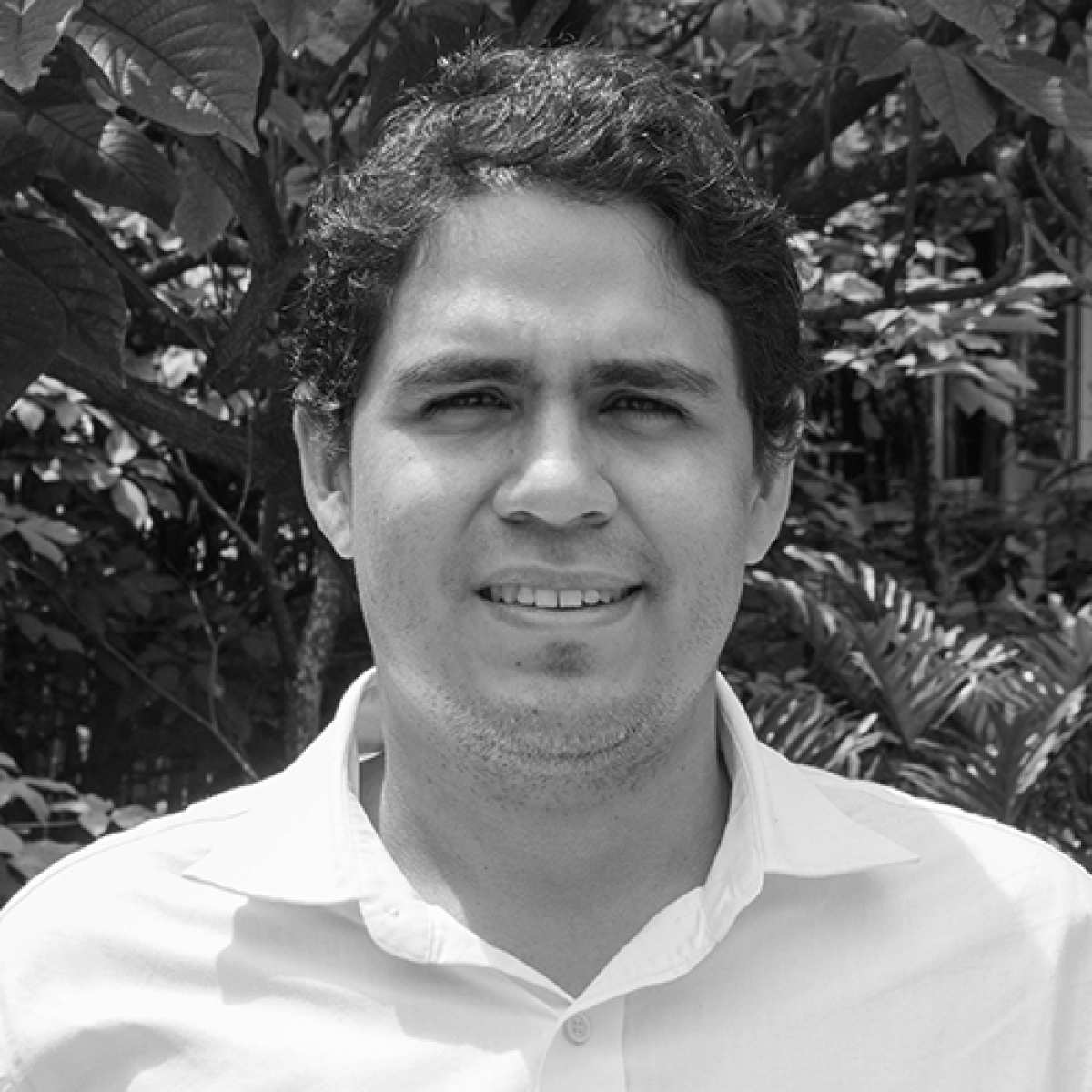
THE CHALLENGE
A number of socio-economic structural weaknesses have been identified as affecting Latin American Cities (LAC) and potentially hindering the achieving of SDG 8 (“promote sustained, inclusive and sustainable economic growth, full and productive employment and decent work for all”). These have been identified as:
High informality – economic activities, production, and employment outside of governmental formal regulation. According to the International Labor Organization (ILO, 2018), urban labor informality in Latin America is around 47.5%.
Growing spatial mismatch – increasing commuting distance between the location of job seekers and the location of opportunities. According to CAF (2017), in LAC a one-way commute takes, on average, 42 minutes.
Low social mobility – a low probability of low-income population reaching a higher level of income. According to OECD (2018), the number of generations that it takes for an individual in a country to get the country’s mean income, on average, is 4.5. For the Latin American countries in the study the number of generations are six for Argentina and Chile, nine for Brazil and 11 for Colombia.
OUR APPROACH
By combining expertise in areas such as economics and public policy, spatial analysis, geography and geographic information science, with methodological tools such as econometrics (classic and spatial), image processing, machine learning, and optimization techniques, this project’s team proposes innovative strategies for addressing three socio-economic challenges:
- Which innovative solutions could we formulate to foster formal and sustainable economic growth in LAC cities?
- What are the alternatives for diagnosing and reducing the mismatch between location of low-income households and suitable job opportunities via urban land use re-allocation?
- What novel elements of public policy can contribute to increase social mobility in LAC cities?
As part of the project, we also consider the role of intra-urban spatial heterogeneities as a transversal component for designing robust and spatially targeted cost-effective policies. Though the initial focus is on Colombian cities, we hope to expand our geographical scope to other LAC, Asian and African cities in later project stages based on data availability and mutual research interest from other PEAK partners.
LATEST DEVELOPMENTS
As mentioned above, we are contributing to the study of feasible solutions for informality as well as taking into account the city’s features to reduce the mismatch in labour markets. Senior researcher Eduardo Lora's recent publication addresses “full and decent employment for all” (SDG 8) to measure the gender gap and to break it down statistically according to factors that reflect the structure of the labour market and the productive structure of cities. He finds the orientation by sex and the composition of sectoral employment in cities have a modest influence on the differences between cities in the generation of full and decent female employment, since these result mainly from differences in the generation capacity of formal employment for both sexes. He is also co-author jointly with PEAK colleagues from Oxford of a publication addressing labour mobility within a large city or metropolitan area for optimal exploitation of agglomeration economies. Authors find commuting times between 45 and 75 min, corresponding to between 43 and 62 distinct cities or integrated labour markets, allow firms to maximize formal employment creation (estimates for Colombian cities between 2008 and 2013). Professor Lora has been able to disseminate and integrate his research results to the current debate through his monthly column in a country-wide specialized magazine and other newspapers.
On our social mobility research, post-doctoral researcher Mauricio Quiñones has presented our research on the social mobility of formal employees for Colombian cities. Our research shows persistent disparities among cities. Mauricio also led jointly with the office of UN-Habitat for Andean Countries, a forum to discuss a new model to subsidizing utilities to contribute to reducing inequality in Colombia.
People

